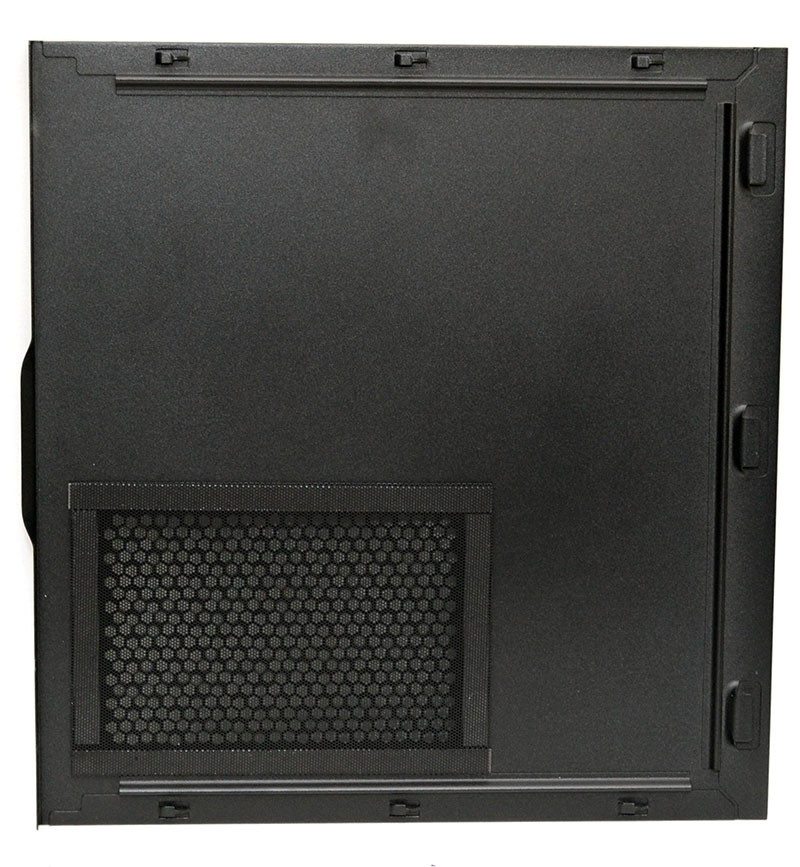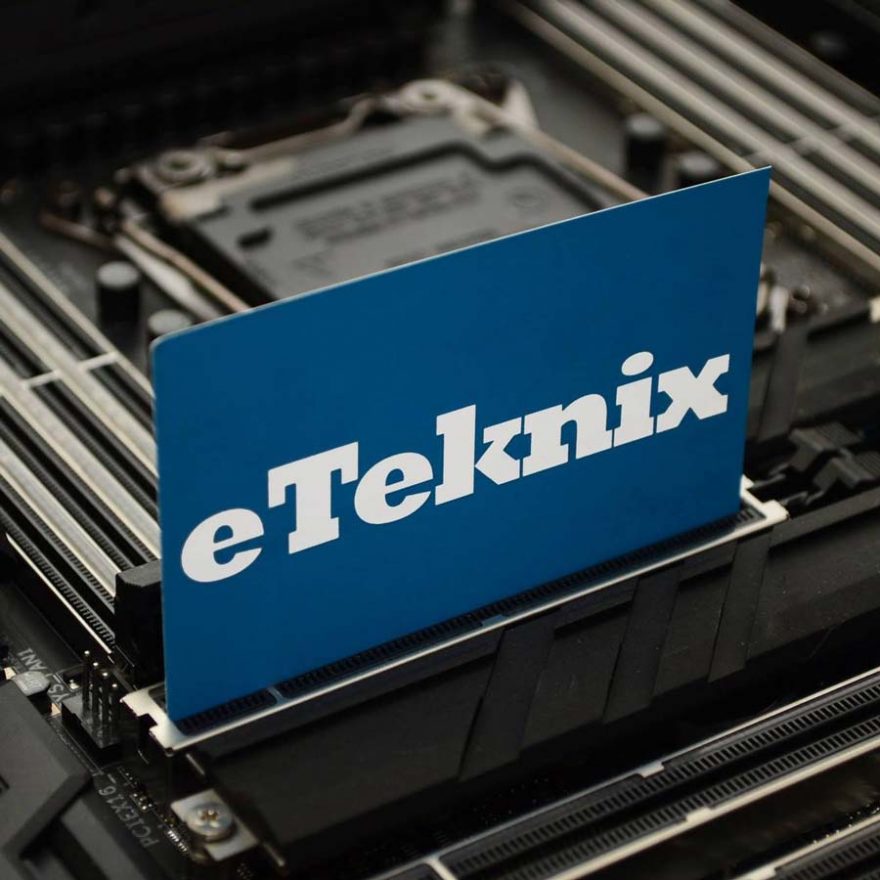Anidees AI-07M Micro-ATX Chassis Review
Peter Donnell / 10 years ago
Interior
With the side panel removed, you can clearly see that the chassis is split into upper and lower sections. The top half for the motherboard and main components, the lower for storage and the PSU.
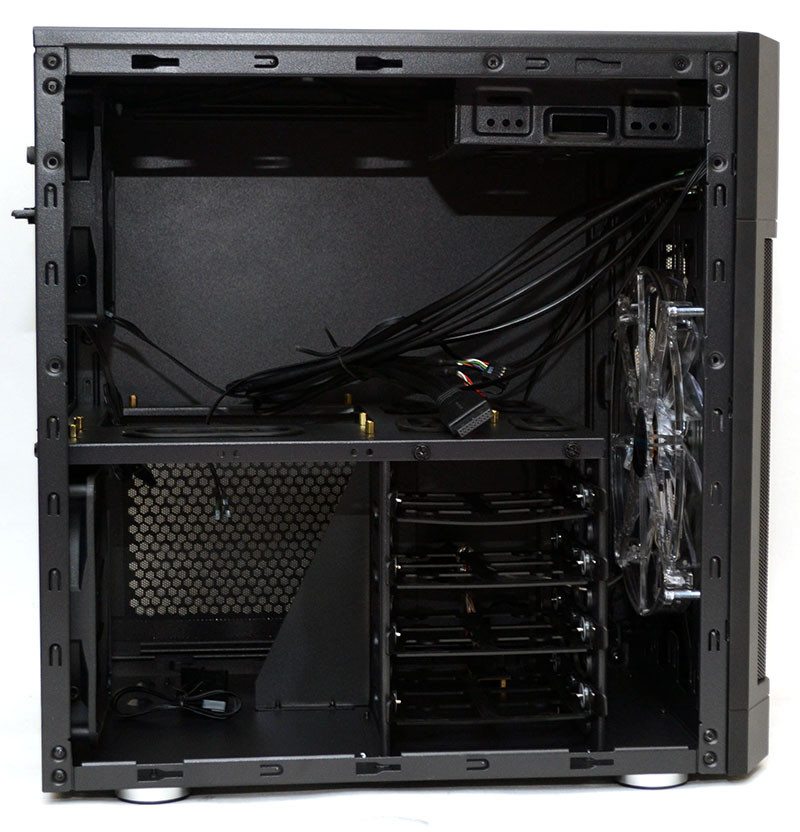
The hard drive bay is completely removable, should you feel the need and has four tool-free hard drive trays.
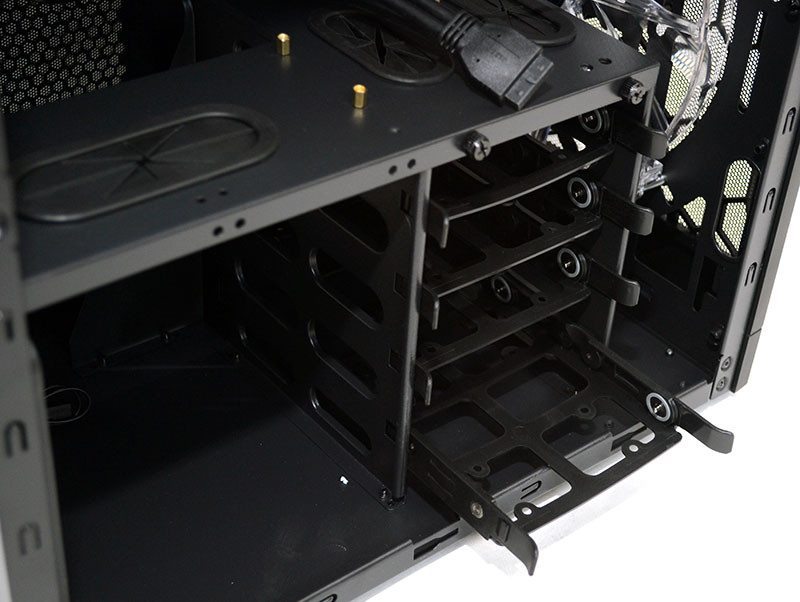
That huge fan in the front drives airflow through both the upper and lower compartments of the chassis.
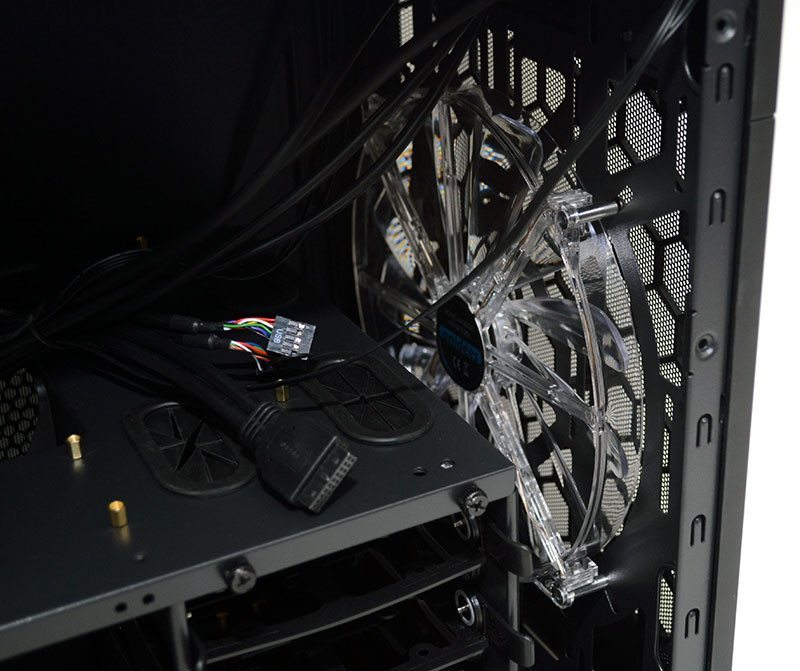
There’s a 5.25″ drive bay at the top, which is also removable if you need more room for graphics cards or top mounted cooling.
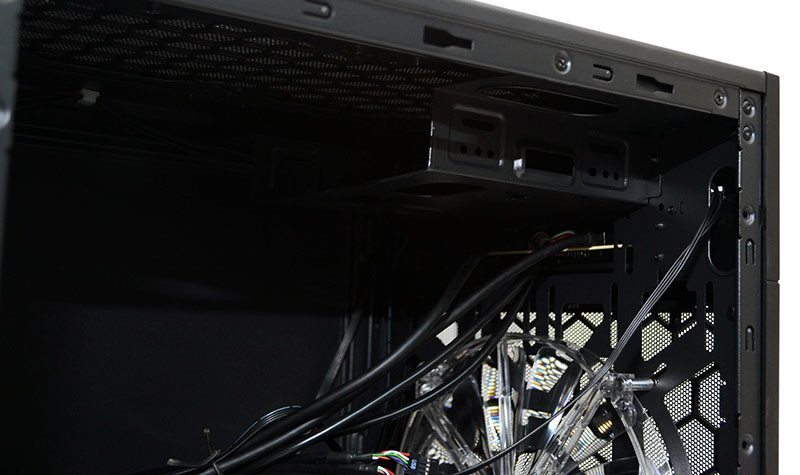
The bottom 140mm fan in setup to take heat out of the chassis, there’s also quite a lot of unused space behind it, perhaps you could use this for a few excess cables or some creative modding; perhaps even making easy work of installing a thick radiator in the back of the chassis.
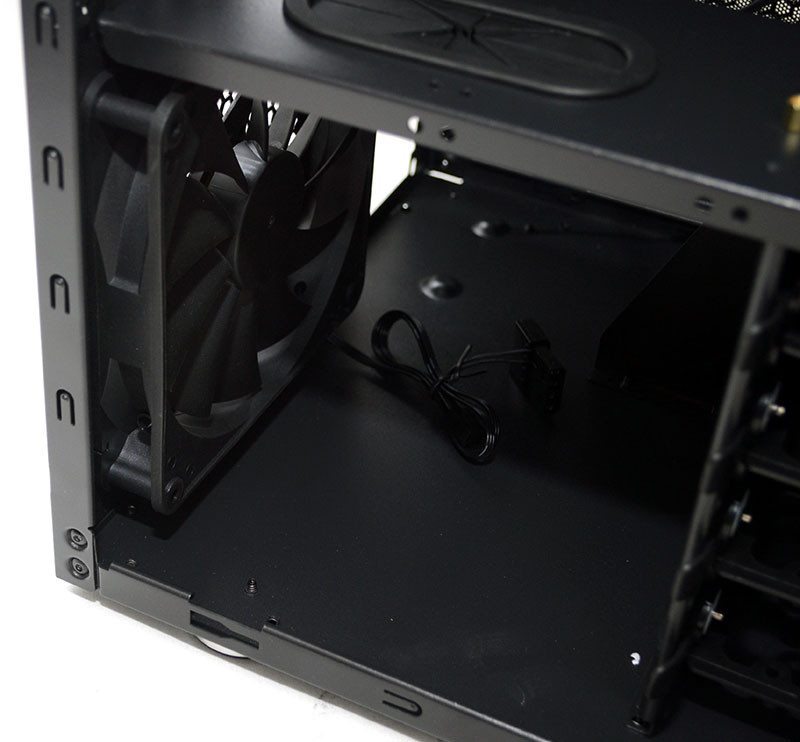
Cable routing should be nice as easy, as there are multiple grommets located around the motherboard area, including some that can only be used for mini-ITX motherboards that will be inaccessible for Micro-ATX users; nice to cover all bases.
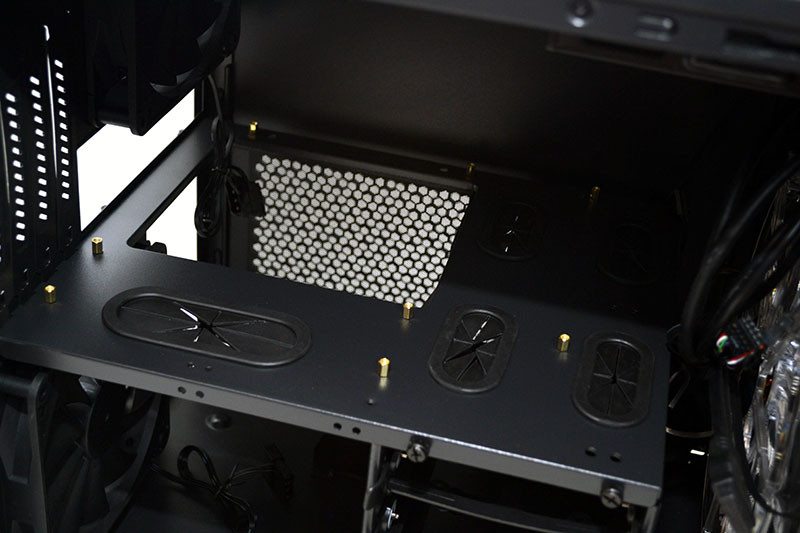
There’s plenty of clearance above the motherboard for a huge CPU cooler, as well as that 140mm fan in the top rear, which could even be swapped out for a water cooler if you feel the need. Let’s not also forget the fan/radiator mounts in the top.
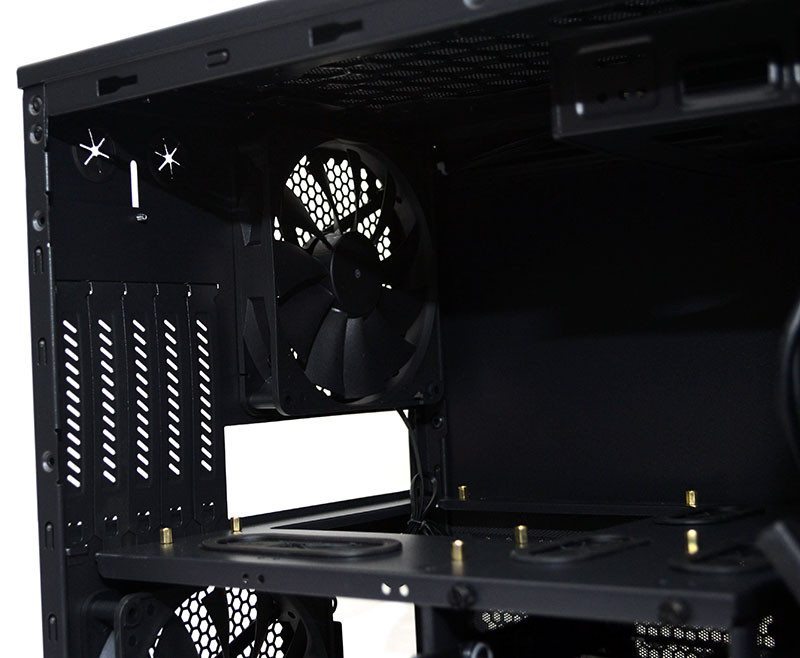
From the rear, we can see a huge amount of clearance for the PSU, with plenty of room behind the storage bays to help route your cables.
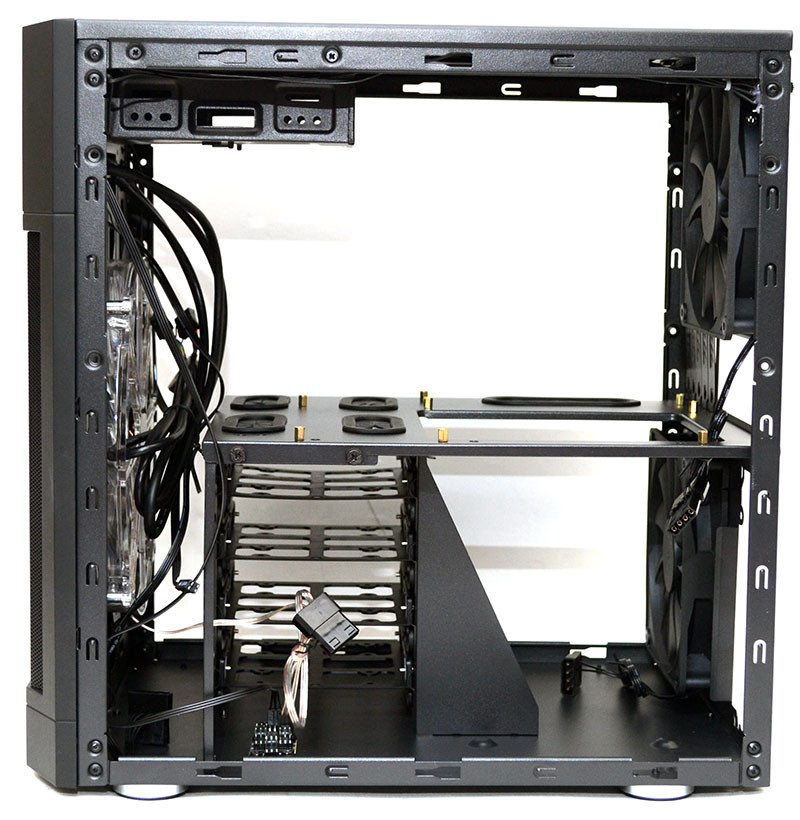
A small fan hub PCB with a Molex power connector, great for taking advantage of all the fan mounts in this chassis, as well as that three-speed fan switch on the back of the chassis.
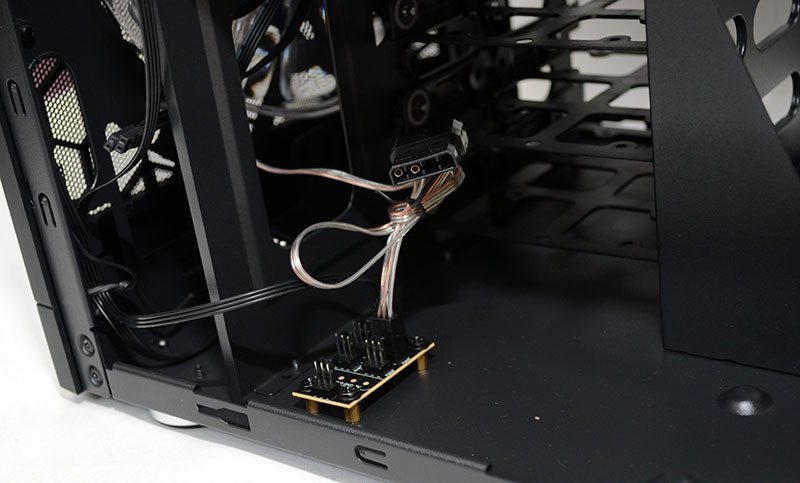
Motherboard stand-offs are pre-installed, all of the grommets are of a good quality and here you’ll also notice two more thumb screws, which are required to remove the motherboard tray.
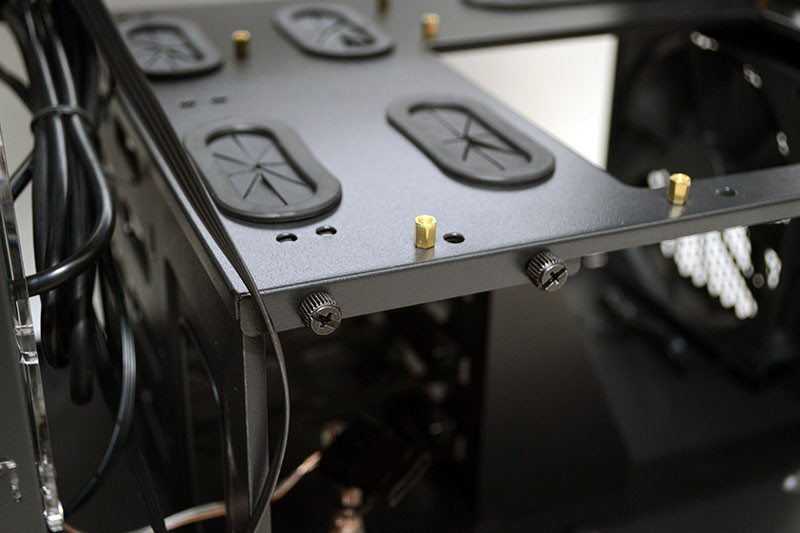
Behind the front panel, you can see there’s a universal mounting plate, with support for multiple 120/140/200mm fan configurations.
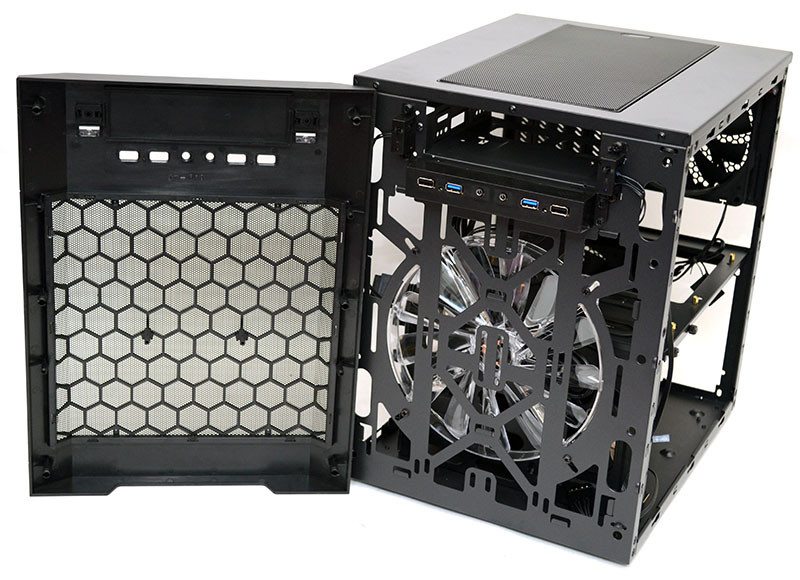
Here you can see the right side panel, which has the magnetic dust filter for the PSU which I mentioned earlier.